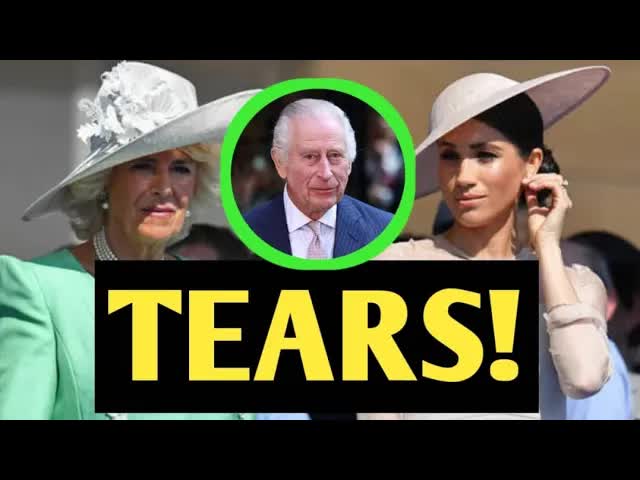A well-known royal expert has cast doubt on the Duchess of Sussex’s potential to alter the British public’s perception of her.
Robert Jobson highlighted similarities between the Duchess’s focus on approval ratings and Queen Camilla’s decision to maintain silence during a period of declining popularity.
Jobson emphasized the importance of having a supportive spouse by the monarch’s side, as demonstrated by Camilla during a challenging time amid the King’s cancer diagnosis.
During a recent podcast episode of Kinsey Schofield Unfiltered, Jobson expressed his views on the Duchess’s absence at the Invictus Games’ 10th-anniversary celebration in London.
He found it surprising that she opted out of the event, especially considering her regular participation in activities related to the sports competition founded by her husband.
The conversation then shifted to comparisons between the Duchess of Sussex and Queen Camilla.
Fellow royal specialist Kinsey Schofield mentioned the continued public support for Queen Camilla, noting the Queen’s exemplary representation of the monarchy during Charles’s absence.
Schofield pondered whether the Duchess could improve her public image through her actions and influence people’s opinions.
Drawing parallels between Camilla and the Duchess, the host questioned Jobson about potential similarities.
Reflecting on Camilla’s past controversies involving her extramarital relationship with the Prince of Wales during his marriage to Princess Diana, Jobson highlighted Camilla’s evolution in the public eye.
Despite facing criticism, Camilla maintained composure and refrained from public statements during challenging times, a stark contrast to the Duchess’s approach.
Jobson commended Camilla’s resilience, likening her demeanor to that of the late Duke of Edinburgh.
Jobson acknowledged the challenges the Duchess faces in changing her public perception in the UK, expressing skepticism about the likelihood of significant transformation.
He referenced a previous incident where the Duchess received boos from spectators outside St. Paul’s Cathedral, indicating potential concerns about her reception at public events.
Jobson emphasized the importance of the Duchess’s presence alongside the Duke, especially for family gatherings involving their children.
In conclusion, the debate surrounding the Duchess of Sussex’s public image continues, with experts like Jobson questioning her strategies for garnering public support.
As the Duchess navigates her role within the royal family, the scrutiny of her actions and decisions remains a focal point for observers and commentators alike.
The challenge of reshaping public opinion presents a formidable task for the Duchess, requiring a delicate balance of grace, resilience, and strategic engagement with the British public.
